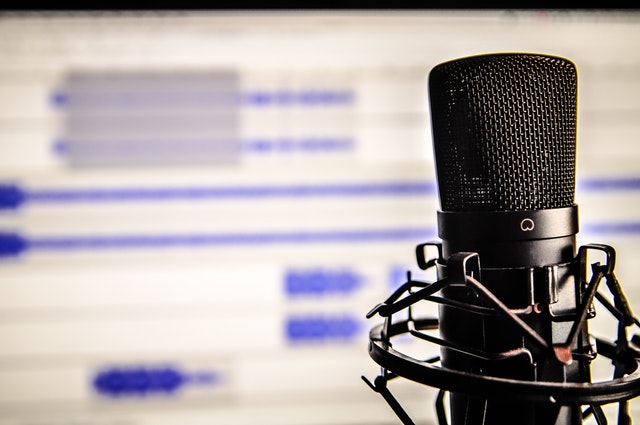Beating the Top 3 Bad Speaking Habits
Beating the Top 3 Bad Speaking Habits https://csuiteold.c-suitenetwork.com/advisors/wp-content/themes/csadvisore/images/empty/thumbnail.jpg 150 150 Laura Sicola https://secure.gravatar.com/avatar/6cc7c01d734187c7dd3275231942e8cb?s=96&d=mm&r=g
Recently we identified three of the most common bad speaking habits. Knowing what the problems are is the first step toward breaking those habits. But once you know what to look for, how to do you make a change for the better?
Here’s the key to making real, positive change: Record yourself. Start by recording yourself talking for a couple of minutes in different contexts, whether on the phone, at a meeting, or in casual conversation. It doesn’t need to be long – the way you speak in the first minute or two is most likely how you speak for the rest of the conversation. (If someone asks, assure them you’re trying to improve your communication skills, that the recording is confidential, and that you will only be listening to your own contributions in the recording.)
If possible, video record yourself – even if it’s just when you’re on the phone – so you get the full picture. Otherwise, audio-only is fine.
Once you have made your recording, here are three things to look/listen for:
The first is fillers, or crutch words. See how many unnecessary words sneak into your speech, chopping it up. The first time you hear a “ya know,” “I mean,” “like,” “um,” or an unnecessary “actually,” add it to the list. Then every time you hear it repeated, make a check mark next to it on the list. It will show you two things: first, is how chopped up your points become, which makes it more difficult to comprehend for the listener. And second, is your preferences, which fillers you gravitate towards, and when you tend to use them.
The second is run-on sentences. Don’t think you’re guilty? Transcribe your recording to see if I’m wrong. How many real, honest-to-goodness periods did you “hear” and write? Did you hear a pause or a drop in pitch indicating the genuine end of a sentence, or was everything connected with “and,” “but” or “so,” separated by a litany of commas? Don’t write what it should look like; be honest with yourself.
Take note also of how run-on sentences affected your breathing and voice. As your sentences got longer, did you run out of breath and start to sound gravelly and weak? Make sure your sentences end as strong as they begin. This should give you some insight about how better organization and more pauses would improve the power of your message.
The third is to check your facial expressions, which is much easier with video. At what points do you look annoyed, uncertain or anxious? Do you frown, touch your face, smile nervously or furrow your eyebrows? Be honest about what impression it makes when you see it.
Try “resetting” your face from time to time by raising your eyebrows and letting them drop into place, and stretching your mouth into a wide yawn, then releasing and closing it, to return to a neutral expression. If your face is more relaxed physically, it will result in sounding more relaxed vocally, rounding out and reinforcing the impression you make on everyone else.
Regardless of what habits you think you have, experiment with a recording or two, just to be sure. (You know what they say about what happens when you “assume” things.) The new clarity you gain will be the first and most critical step toward breaking any old habits, and developing new ones that reinforce your vision and leadership.
**********
Do you have questions or comments about how to beat back your bad speaking habits? If so, contact me at laura@vocalimpactproductions.com or click here to schedule a 20-minute focus call to discuss them with me personally!

